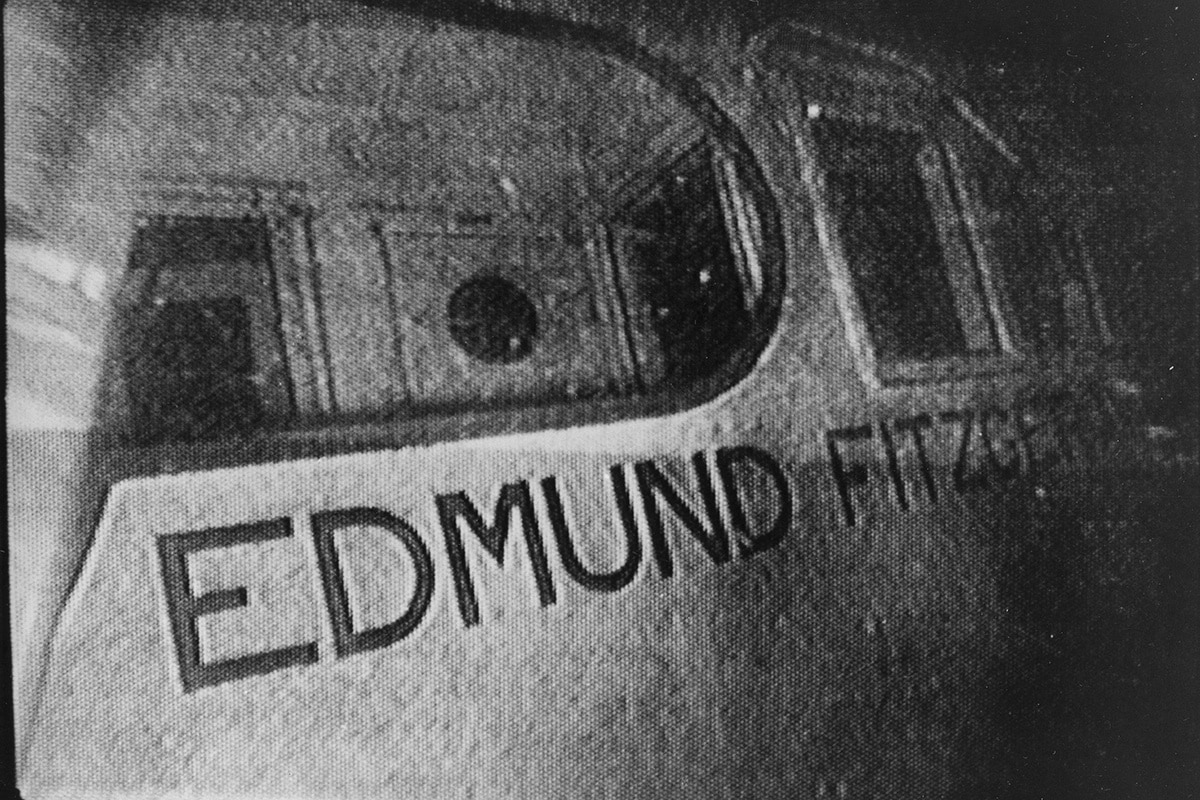New Book Reveals Untold Story of the Edmund Fitzgerald

As the 50th anniversary of the Edmund Fitzgerald’s tragic sinking approaches, a new book sheds light on the legendary freighter’s construction and the decisions that led to its demise. Author John U. Bacon’s “The Gales of November: The Untold Story of the Edmund Fitzgerald” dives deep into the ship’s history, revealing how its design prioritized speed and cargo capacity over safety. The book, set for release next Tuesday, aims to humanize the 29 crew members who lost their lives during the storm that claimed the ship on November 10, 1975.
The Ambitious Design of the Fitzgerald
In the post-World War II era, Detroit emerged as a hub for economic growth, with Great Lakes shipping playing a crucial role in transporting goods efficiently. Ships are significantly more efficient than trucks and trains, making them the preferred choice for bulk transport. The Edmund Fitzgerald was designed to be the largest and fastest freighter on the Great Lakes, measuring 729 feet long and 75 feet wide. This design maximized cargo space, with over 80% of its length dedicated to three expansive cargo holds.
However, the focus on size and efficiency came at a cost. The ship’s design did not adequately account for its ability to withstand severe weather conditions. Experts note that the long, slender shape of the Fitzgerald made it vulnerable to the forces of nature. In heavy seas, the ship could experience “sagging” and “hogging,” where the hull would bend under the pressure of waves, increasing the risk of structural failure. Despite these risks, the ship was built to shatter shipping records and generate profits, with little regard for the safety of its crew.
A Luxurious Yet Flawed Vessel
The Edmund Fitzgerald was not only a marvel of engineering but also a symbol of luxury in maritime travel. The ship featured high-end amenities, including air conditioning, carpeting, and private quarters for officers, designed to attract top talent in the industry. The captain’s quarters were particularly lavish, equipped with a private bath and office, while the crew enjoyed spacious recreation rooms.
St. Johns Ship Building wins its first U.S. Navy shipbuilding contract
Despite its luxurious design, the Fitzgerald lacked essential safety features that could have alerted the crew to potential dangers. For instance, the absence of automated systems to detect water in the cargo holds left the crew vulnerable to flooding. Additionally, the ship’s navigational equipment was outdated, which could have compromised safety during challenging conditions.
As the anniversary of the Edmund Fitzgerald’s sinking approaches, Bacon’s book serves as a poignant reminder of the ship’s legacy and the human stories intertwined with its history. The tragic loss of the crew continues to resonate, highlighting the importance of safety in maritime operations.
